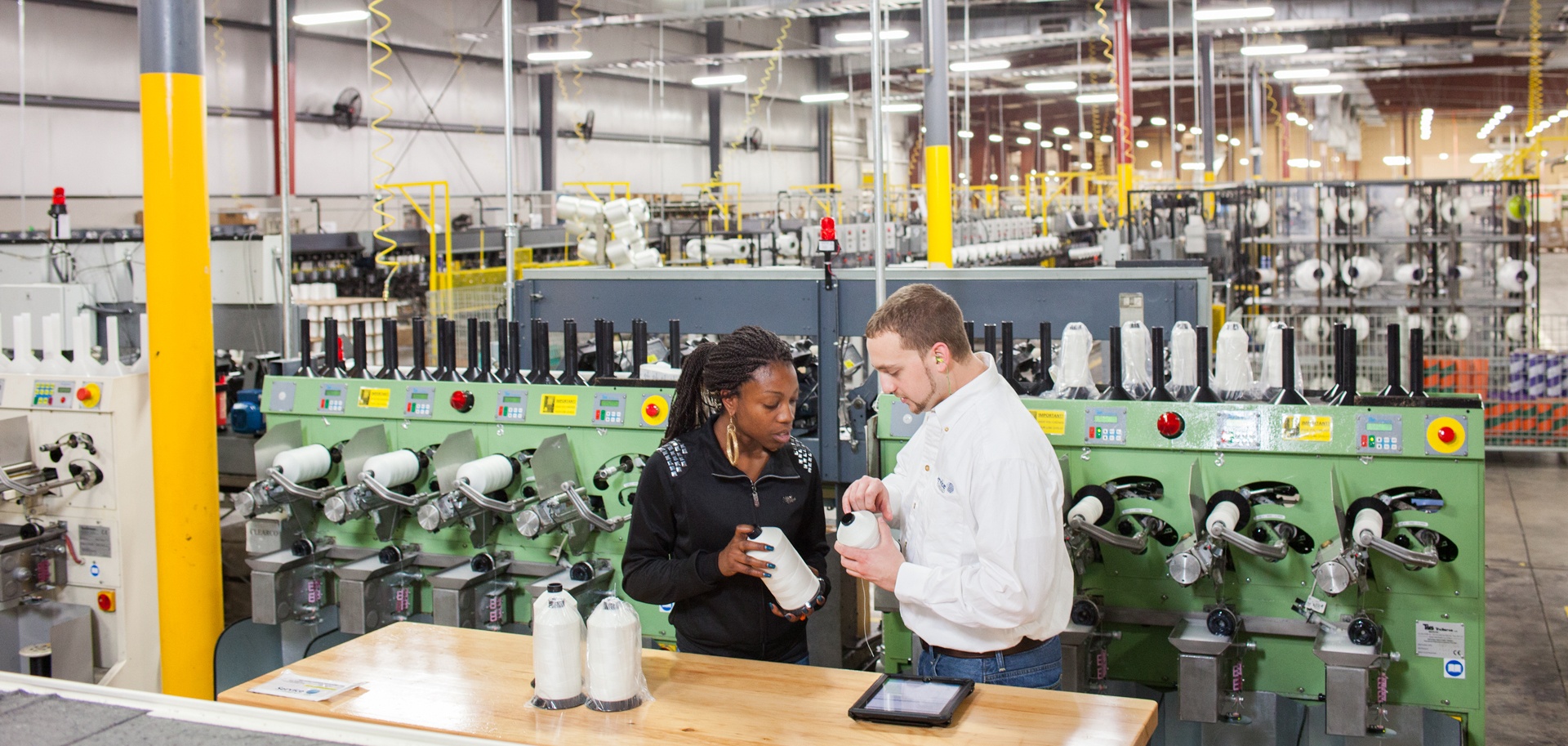
Have you ever experienced dropped stitches or thread breakage when closing bags? Don’t worry—I’ll share a few common red flags you can scan for quickly to ensure maximum production.
While there are many options for bag packaging these days, few alternatives are as cost effective and reliable as sewn bag closure. This largely mechanical solution to bag closing works in a wide variety of environments. If properly maintained, bag sewing machines can run for 10 or more years.
When problems pop up, ask yourself:
- Is the thread path correct? It sounds simple, but thread that is routed incorrectly is one of the most common causes of problems, especially with new operators.
- Are there any worn thread tension disks, eyelets or needles? Over time thread will cut grooves in steel tension disks, loopers and eyelets, causing tension variation or rough spots (burrs) that can break thread. Check these monthly and replace at the first sign of wearing or burrs.
- Am I using the correct needle size and needle orientation? Air cooling of needles is recommended for high speed lines.
- Is the speed of sewing head relative to line conveyor speed correct? The sewing head should never run slower than the conveyor or infeed. Check drive belt for correct tension by making sure that motor is pushed back and locked into place before running.
- Am I using a quality sewing thread? Your thread should also contain thread treatment or finish designed for high-speed bag production and closing.
For lines running tape, don’t forget to:
- Check locking collar on tape spindle to make sure there is not too much drag or pressure applied to tape roll—loose is better!
- Make sure tape reel is aligned to the centerline of the tape folder.
- Use wax application on tape to help eliminate wrinkles and ensure smooth sewing.
- Give tape clippers a regulated clean air supply of between 90 to 100 psi.
The timing of the needle and looper can also be adjusted according to the machine manufacturers’ specifications. Consider this trouble-shooting step only after the other areas have been checked and any necessary maintenance performed by qualified mechanics.
If you have questions call your service partner for help! Most good service partners, including Service Thread, are happy to offer technical assistance by phone.
Please add your suggestions in the comments and let’s share information to make bag sewing better!


